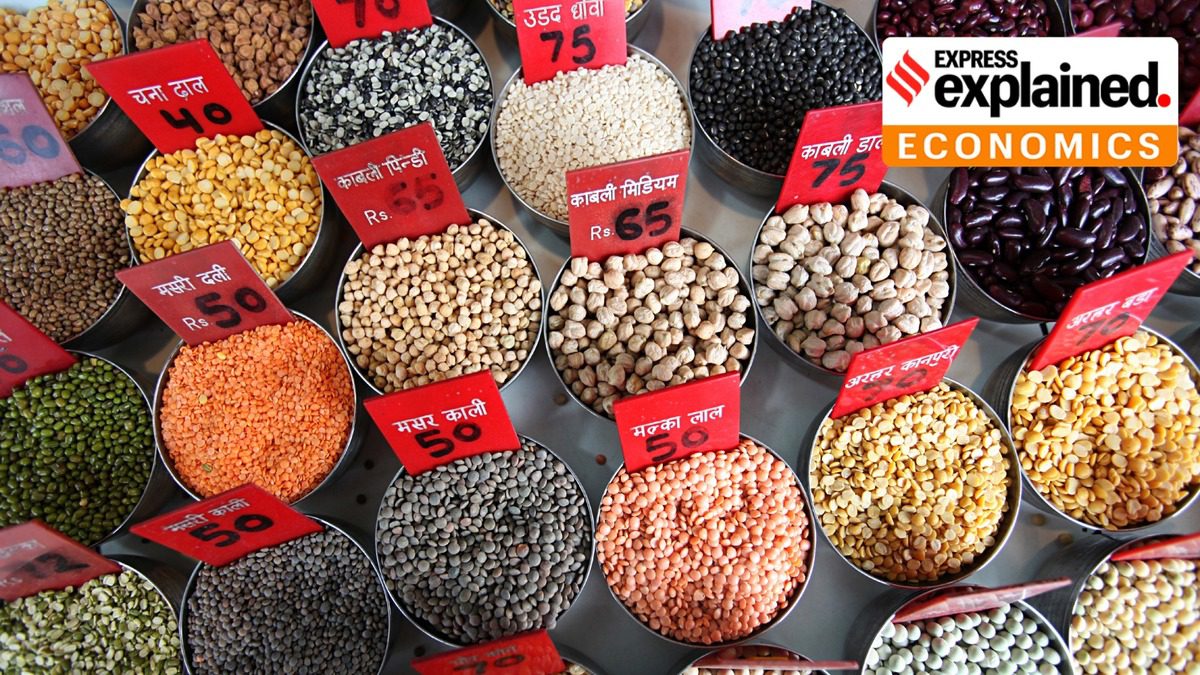Two reasons why food inflation may soften in the months ahead | Explained News – The Indian Express
Wheat, maize, along with rice, collectively contribute to over half of the global caloric intake. Therefore, the trajectory of their prices holds significant sway over consumers’ food budgets worldwide, the report underscores.
Despite the pronounced decline in wheat and corn prices, rice prices have exhibited a contrary trend, steadily climbing upwards. Global rice supplies have been hindered by export restrictions imposed by India, which accounts for approximately 40% of the world’s rice production. Moreover, poor harvests in the country last year have further propelled prices upwards. Unlike the downturn witnessed in wheat and maize prices, rough rice futures have surged by over 8% year-to-date.
In 2023, global food prices experienced a 9% decline, as per the World Bank’s data. Similarly, the world price index of the United Nations’ food agency hit a three-year nadir in February, albeit witnessing a marginal rebound in March, buoyed by upticks in dairy products, meat, and vegetable oils.
“We anticipate a further 5.6% decline in prices this year before witnessing an annual uptick next year,” Ahmed affirmed.
Nonetheless, Oxford Economics cautioned that the risks to its food price forecast remain predominantly tilted towards the upside, with adverse weather conditions looming large.
Unfavorable weather patterns have cast a shadow of uncertainty over agribusinesses and crop forecasts, with cocoa prices recently surging to record highs as West African farmers grapple with inclement weather and diseases. Should unfavorable weather persist, the prospects of harvests could be jeopardized in other pivotal crop-growing regions, the analysis appended.
“However, we believe that prices are currently hovering around a floor and are poised to gradually ascend through the latter half of 2024,” the report asserted.
Buyers in Africa and Asia have exhibited restraint in purchasing wheat, banking on the prospects of even lower prices—a return to the market by these buyers could potentially fuel a price recovery, Ahmed suggested. Furthermore, the persistently high rice prices might prompt India to impose additional export restrictions.
#FoodPrices #GlobalEconomy #OxfordEconomics #MarketTrends #ConsumerInsights

